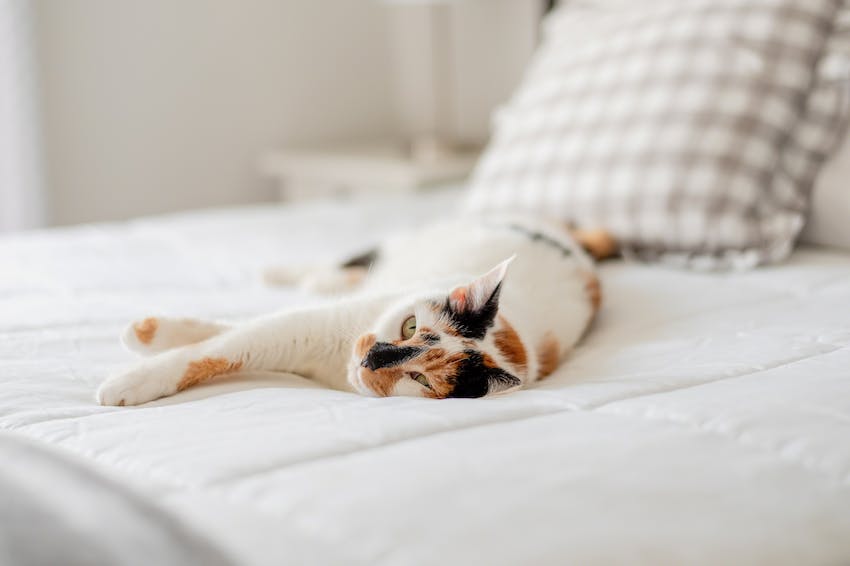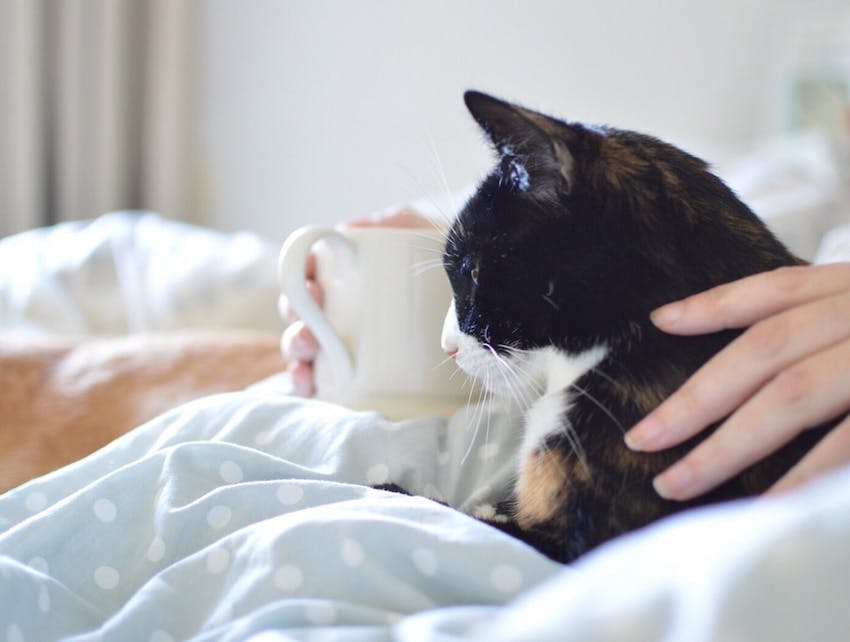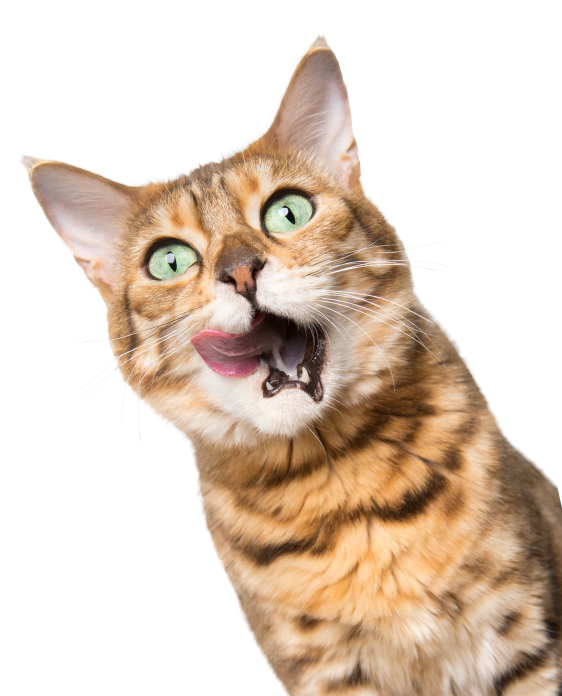Understanding Cat Body Language
By: Kelli Rascoe | Updated Oct 1, 2021
Cats are independent animals, but sometimes they do like to play, interact, and socialise. Whether you have a kitten or a multi-cat household, the ability to understand cat body language can help you interpret what your feline friends are trying to communicate.
We sat down with Trupanion veterinarian Dr. Caroline Wilde to learn more about cat body language and the benefits to understanding your feline friend.
Why you should pay attention to cat body language
Every cat has a unique way of communicating through their body language. Also, your cat may respond differently or communicate differently based on its personality. Wilde breaks down the importance of understanding what your cat is trying to say to you.
“Cats are more subtle than dogs in terms of the ways that they communicate, so it is important to watch a cat’s cues carefully and then respond appropriately. Cats may lash out when scared, so it is important to watch your cat for cues to avoid injury. Understanding normal behaviour can help detect abnormal behaviour sooner, thereby allowing earlier detection of sickness or injury.”
If you’re a new cat owner, you might still be trying to understand and get to know your furry friend. It might take time to read your cat’s body language for signs of sickness or unusual behaviour.
Examples of cat body language
Have you ever looked at your cat and wondered they were doing, or if their posture or stance indicates they’re in pain? Wilde points out key indicators of cat body language to better understand what your pet is trying to tell you:
- Posture, including the positioning of a cat's ears, eyes, fur, legs, and tail can all be used to communicate.
- Purring. Purring is often a sign that a cat is content, but they may also purr when they are anxious.
- Head butting and rubbing can indicate they are hungry, playful, or seeking affection.
- Crouching and leaning back can indicate when a cat feels threatened.
- Howling (or yowling) can mean a cat is stressed, anxious, or in pain.
- Meowing can show when a cat is hungry or seeking attention.
- Grooming or general maintenance activity may decrease when a cat is sick or stressed.
There are a number of reasons why your cat might exhibit one behaviour over another. Consider your surrounding environment and if anything new has been introduced or changed when it comes to understanding cat body language. For example, a new home or move can easily affect your cat’s mood or behaviour. Wilde weighs in on some common signs (and red flags) of a stressed cat and the reason behind the behaviour.
Cat body language that can indicate stress or anxiety
- Hissing or growling,
- Hiding can be a sign of fear or sickness
- If a cat arches their back with their fur standing on edge and their tail up, it may feel threatened. Cats often do this in attempt to appear bigger to any potential threat.
- Dilated pupils. Pupils dilate in response to stress hormones released in the body.
- Crouching with ears flat can mean a cat feels threatened.
- Cats do not wag their tails, so twitching their tails it is often an indication of stress or anxiety.
Depending on your cat, they might not show all signs, or only just a few. Regardless, you should seek the care of your veterinarian and they can provide a treatment plan and recommend next best steps.
Getting to know your cat
At the end of the day, you just want your cat to be happy and healthy. Taking the time to understand all of the different meanings of common cat body language can help you boost your cat’s well-being.




